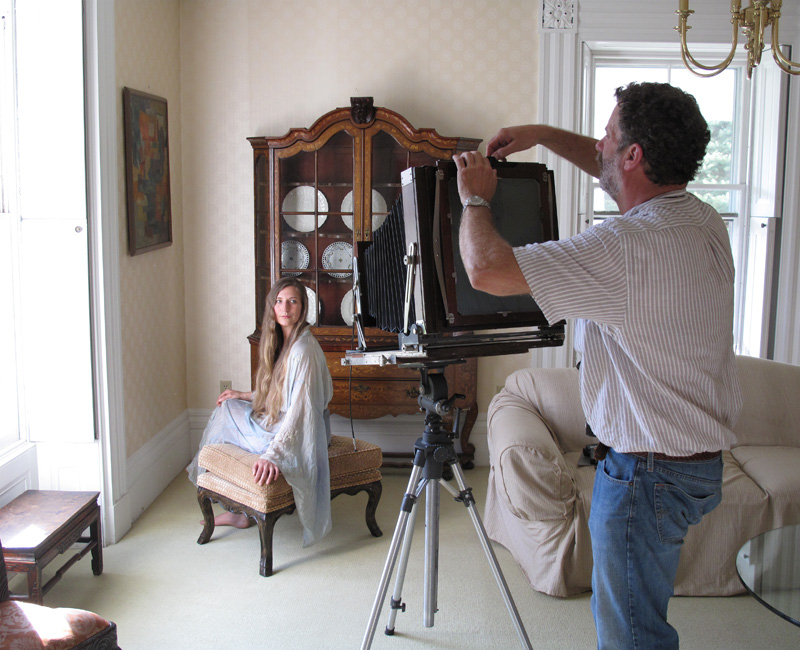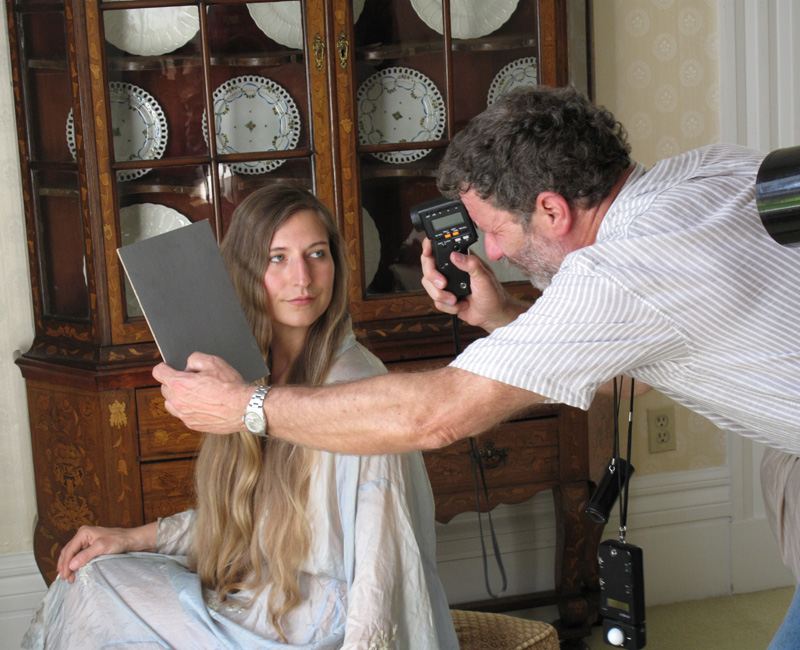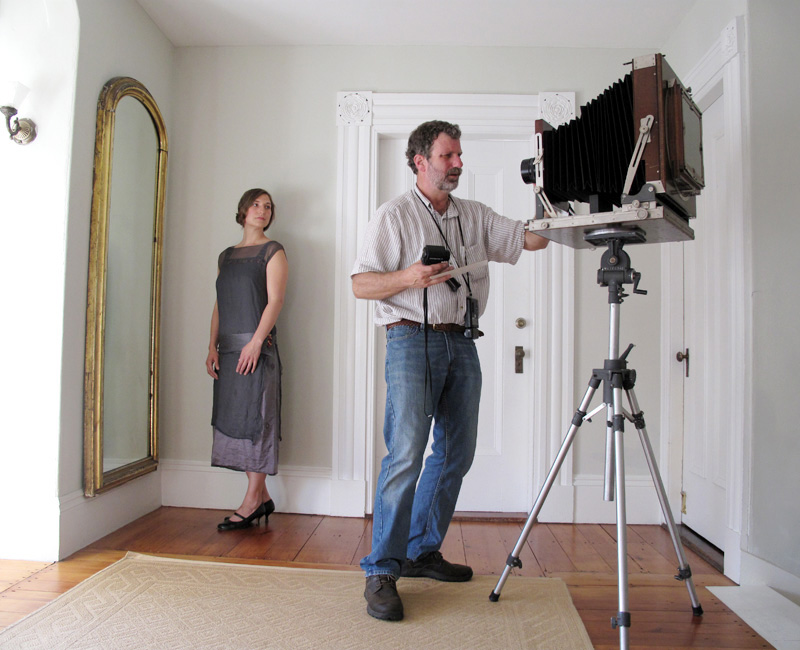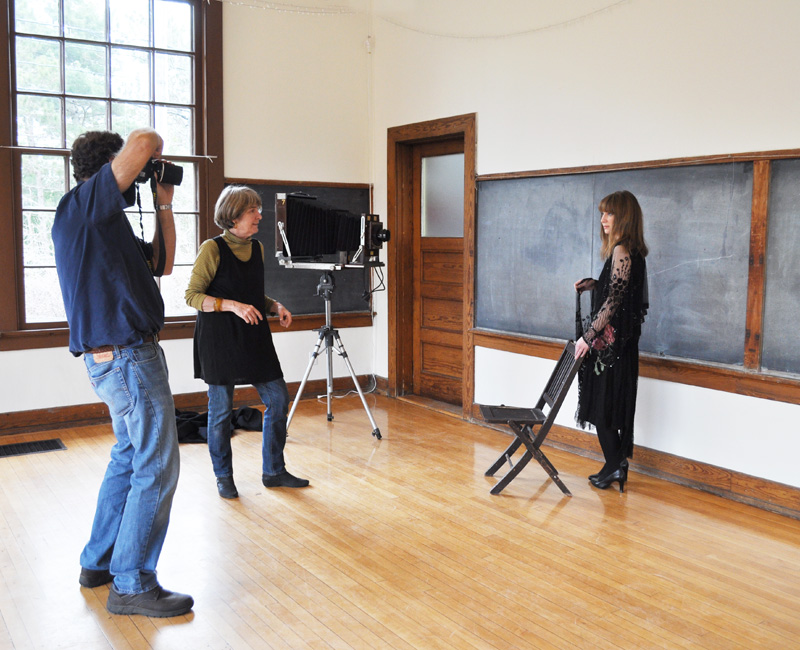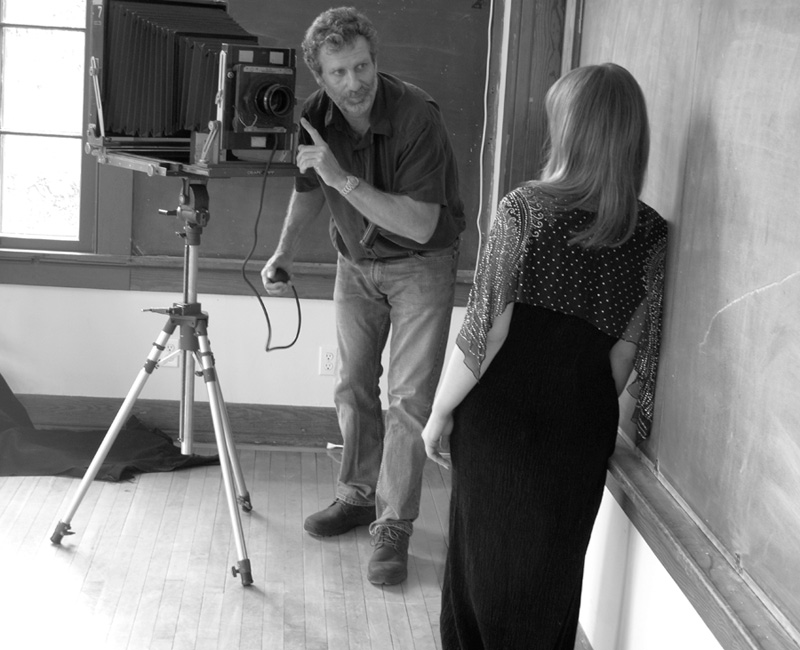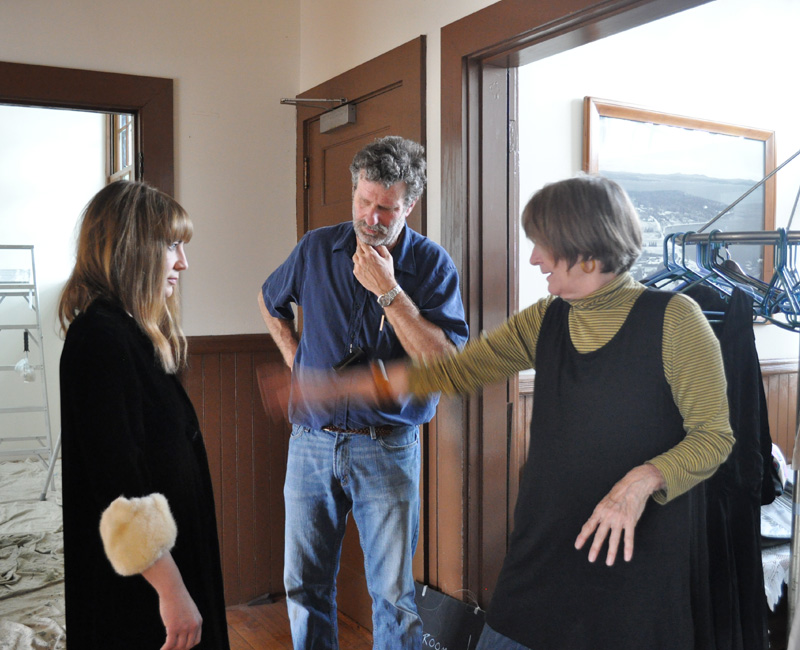Soft Focus Photography
My interest in portrait and soft focus lenses began back in 1984 as a young student in New York City. I was studying at the International Center of Photography, mainly pursuing large format landscape photography, and was not totally interested in portraits. A local, family-owned portrait studio was closing its doors after being in business for more than fifty years. I received a call and was informed that the family was interested in selling their Century Number 7 camera that had not been used for years.
I was intrigued by the idea of owning the camera and went for a visit. What I found was a dusty, well-worn 8x10 studio camera on a huge stand. Upon closer inspection, it became apparent that a total rebuild would be in order.
The asking price was around $400 including a 360mm Imagon Lens. At the time, Shutterbug Magazine advertised parts and bellows for this type of equipment. I purchased the camera and spent about six months on and off working on its restoration.
When the restoration was complete, I began working with the camera and became interested in the Imagon soft focus lens. I had always worked with a sharp focus landscape lens, and here was something totally different—a lens designed specifically for portraits.
In the early days of my large format portrait work, I worked with an electronic flash in many makeshift studios. After looking at the Dutch genre painters like Vermeer, I started to see the beauty of working with natural window light. All of the work here is presented as such.
Starting around the year 2000, I began to collect other soft focus and portrait lenses of varying designs. Using the different lenses added a new dimension to my portraits, and figuring out how to use each one was like solving a mystery.
Shooting the portraits is really only half the story. The other half of the work takes place in the darkroom. Over the years, I have experimented extensively. All of the work here was contact printed (i.e., taking the negative, placing it directly onto photographic paper, and exposing it to light, rather than enlarging it as most photographs are). I typically print the images one at a time, giving each photograph the time and attention it deserves to reveal its soul and character. Keeping everything clean is very important. Absolutely none of my work has been retouched, either in the darkroom or digitally. What you see is what you get.
—Jack Ledbetter
